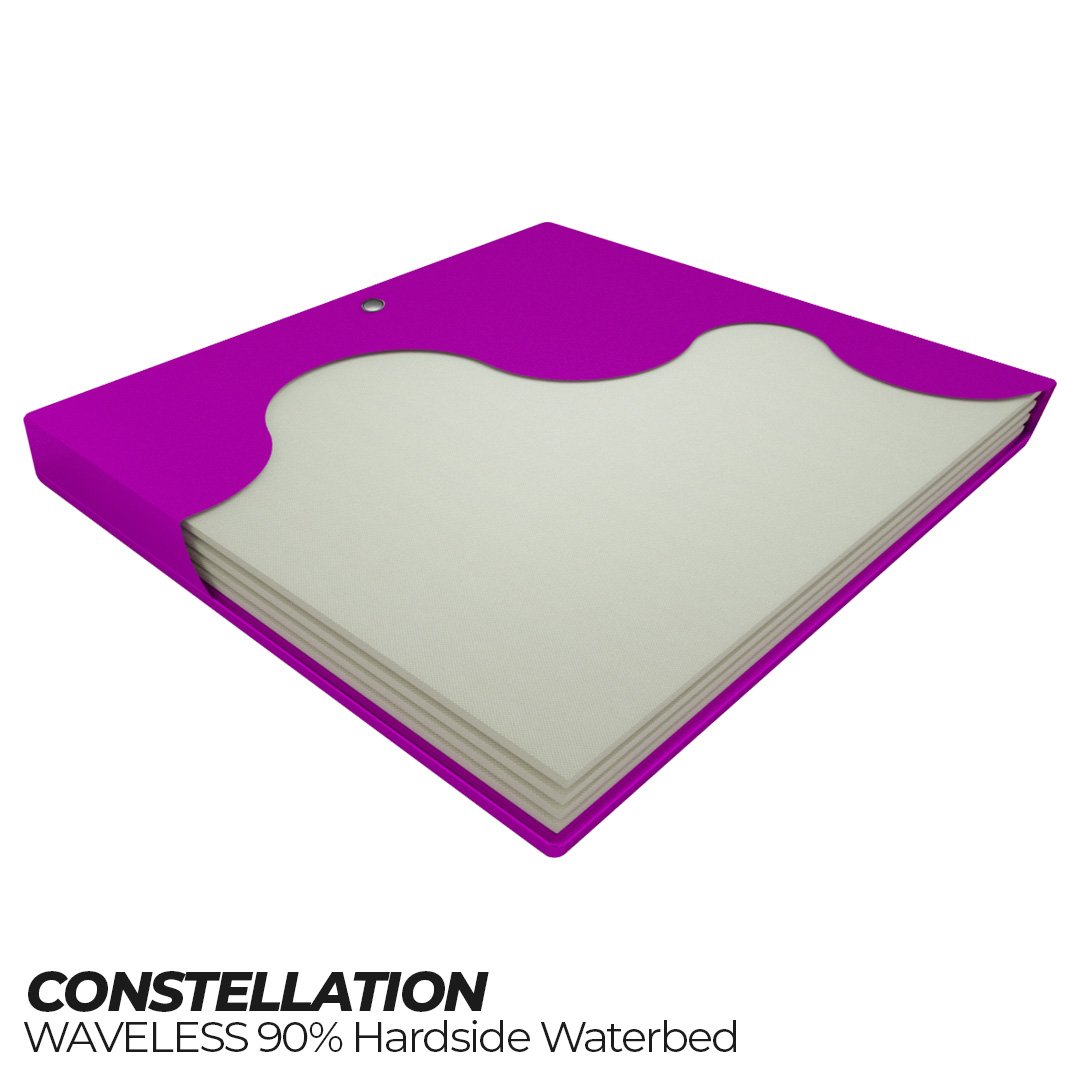Sponsored by Boyd Sleep
Back in the day, waterbeds were nothing more than big bags of water enclosed by a wooden box. The technology behind these truculent monsters was limited, yet they enjoyed a fairly wide appeal. Intuitively, customers realized the virtues of sleeping on water. Unfortunately, the early waterbed was hard to move, hard to make, and impossible to camouflage. Many of these early models were eventually abandoned for more mobile and traditional bedding options that could be made up to match variations in interior design.
With a mass decline in retail waterbed availability, the efficacy and presence of online e-commerce mediums like Boyd Flotation grew to an all time high. Despite a short decline in popularity of the consumer waterbed category in more recent years, the concept of the waterbed continued to evolve into more customer-friendly models. Believe it or not, many of the waterbeds of today look much like innerspring mattresses. A softsided waterbed mattress blends the comfort of a foam mattress with the contouring support of water. Instead of a dark wooden box enclosing the bladder, a foam perimeter holds the water in place. Softsided waterbed mattresses have won back a number of customers who loved the thermostatically controlled warmth of those early waterbeds, but loathed the difficulties of moving it and making it every day.
Hardsided waterbeds still exist too, but with more options that appeal to the modern consumer. It may be hard to believe that the basic bladder-box configuration is still en vogue with customers, but new developments have made the seemingly simple hardsided waterbed substantially less primitive. The basic concept behind today’s hardsided bed is still the same as it was years ago: a wooden box provides form and support for a bladder filled with water. On the outside, these beds are clearly related to the aged models of days gone by, but on the inside, these beds offer some captivating bells and whistles that have made them more appealing in today’s market. Dual bladders for personalized thermostatic controls and various levels of “wave-action” from free-flow to super-waveless have made customers stop and take notice. The modern hardsided waterbed is eons ahead of models from yesteryear.
Waterbeds are once again making a big impact in the mattress market because they’re reasonably priced, easier to move than older models, and they can masquerade as basic innerspring mattresses for the purposes of blending in with other stylish furnishings. Sleeping on water reduces the problem of pressure points on the body and the warmth provided by the thermostatically controlled mattress keeps muscles loose and relaxed. Today’s modern water heaters are energy efficient with insulation and lower watt heaters. Softsided waterbeds weigh 30%-60% less than hardsided models and require nearly zero maintenance. Loyal waterbed enthusiasts swear by them for a truly great night’s rest.
Waterbed trends have challenged consumers to reconsider the virtues of sleeping on liquid. There are models to suit every taste and every budget. The waviness of the water can be kept under control with wave reducing fibers to create an individualized sleeping experience tailored to each person’s idea of comfort. Personalized temperature controls for each side of the bed, ease of movement, and more aesthetically appealing designs have made waterbeds infinitely more popular. For many customers, when an innerspring or memory foam mattress has failed to inspire healthful sleep on a regular basis, a new and technologically improved waterbed has been able to do the trick.
Contributing author: Boyd Sleep, a seasoned waterbed and sleep speciality focused manufacturer established in the 1970s at the inception of the waterbed industry. Boyd Sleep continues to pioneer and innovate the waterbed and mattress industries and can be reached for further information at: mthielemier@boydsleep.com


